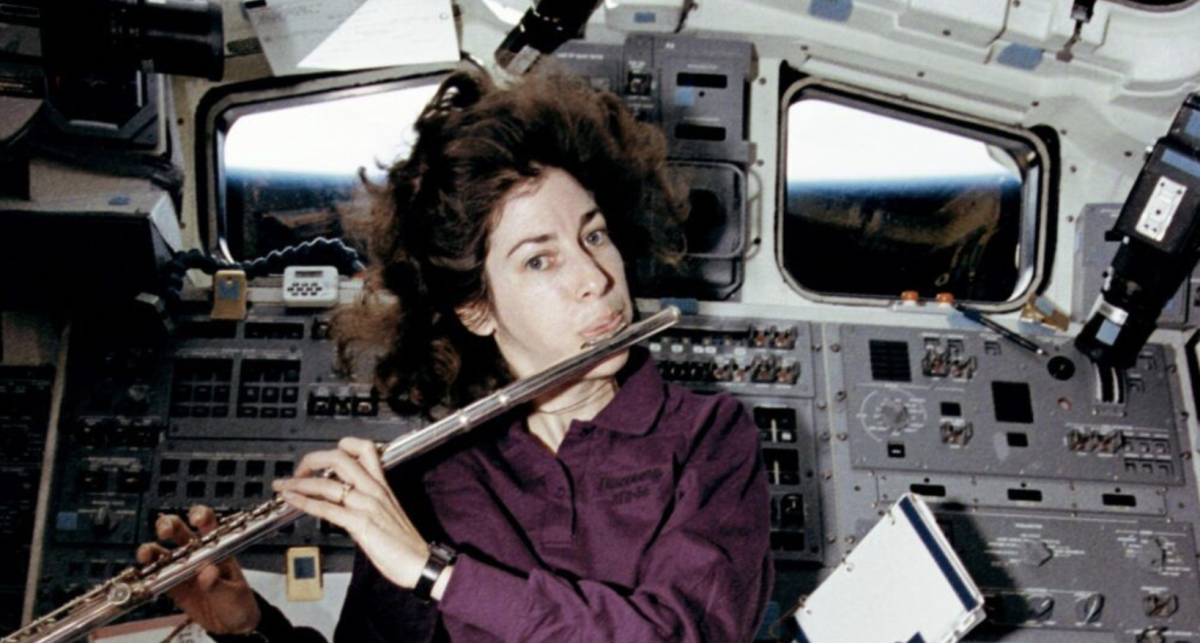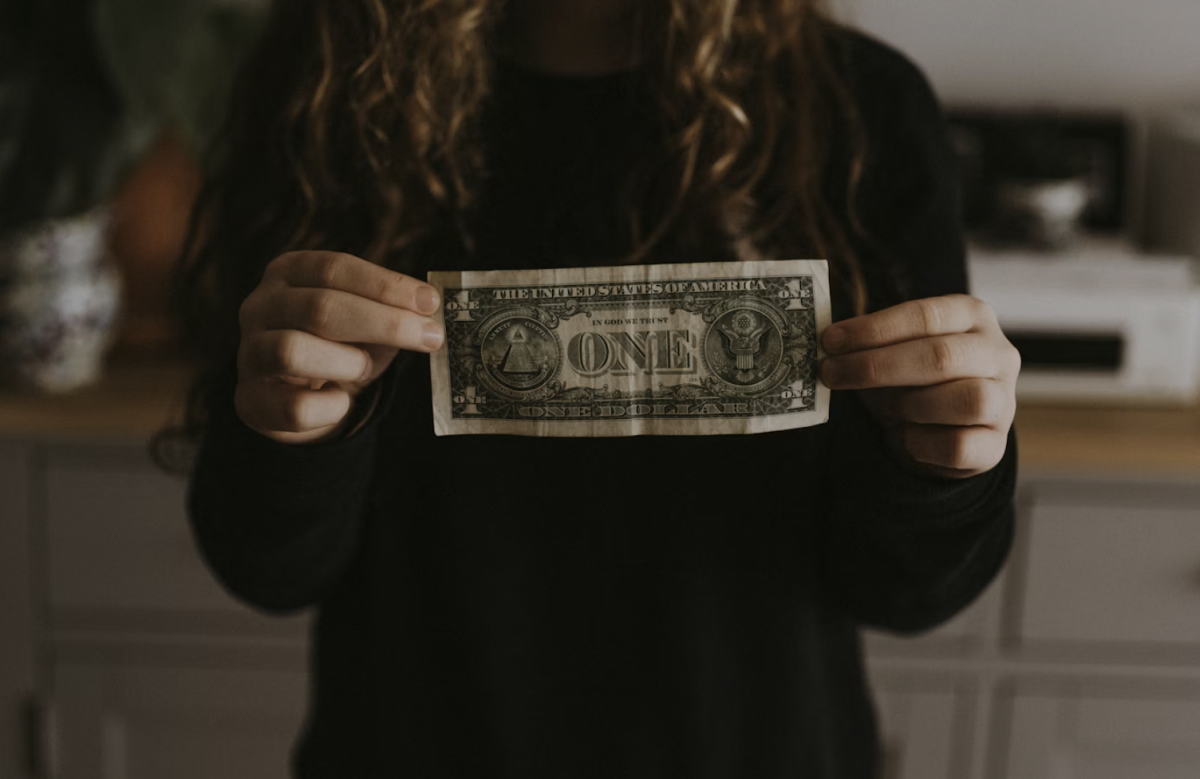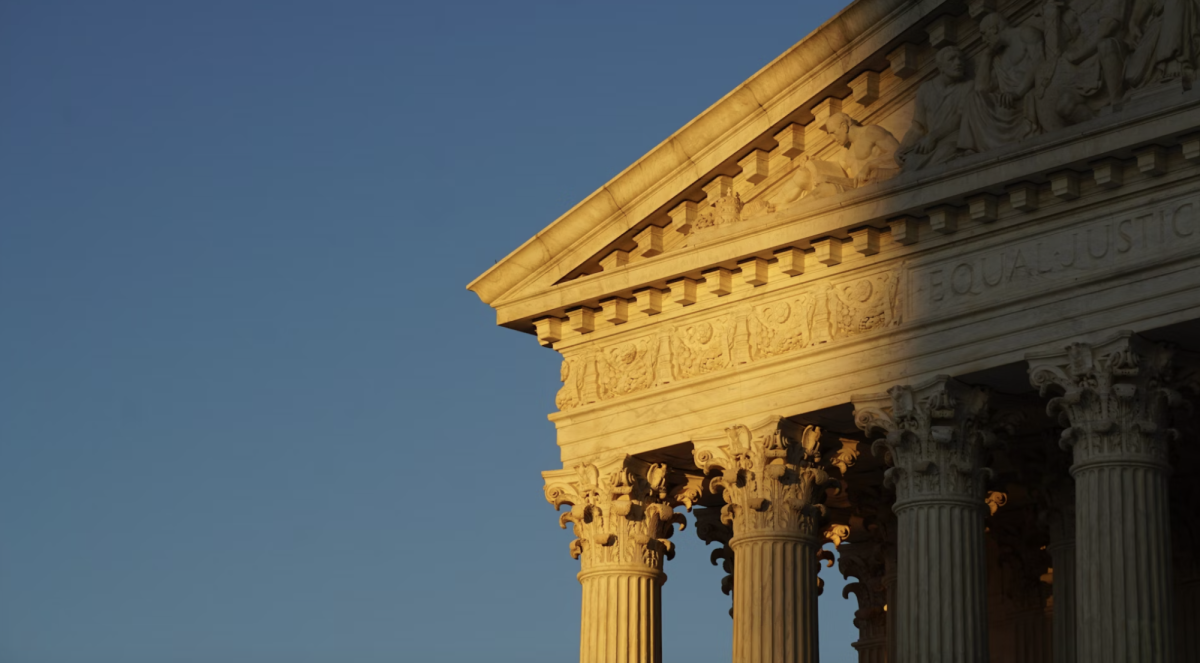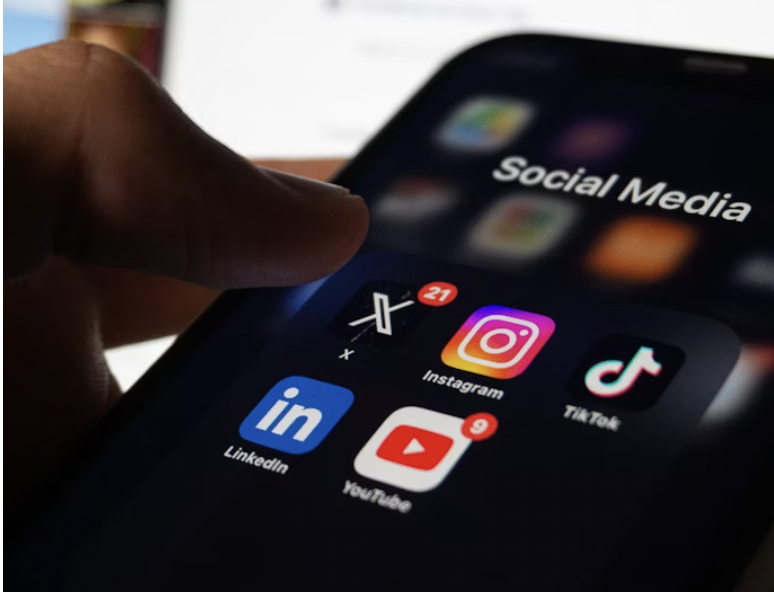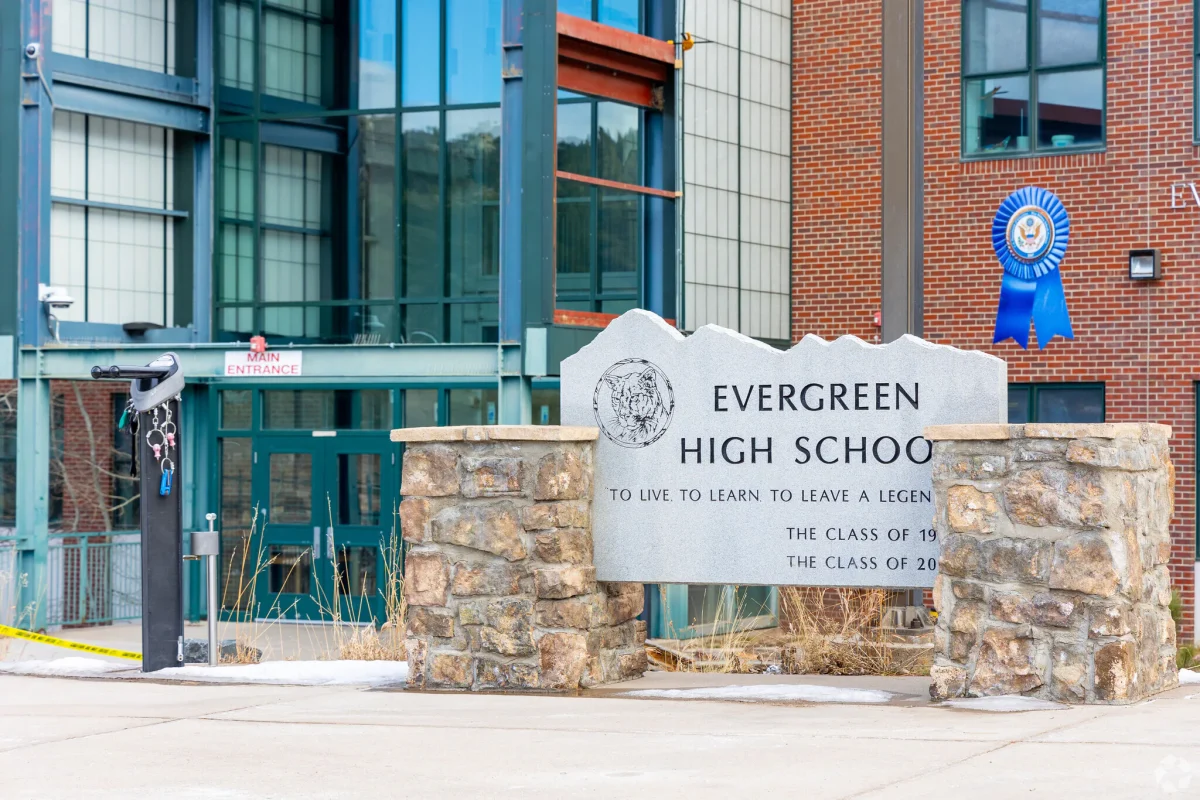Roughly half the people living on earth are women. The way women are seen has developed tremendously through history, and rights for women have come a long way. There are a lot of women who have helped us get to this point where women are seen as equal in society, and telling their stories are equally as important as their achievements. To celebrate women’s history month, here are the stories of five women who were influential in history.

Ada Lovelace—The First Computer Programmer
““Your best and wisest refuge from all troubles is in your science.”
– Ada Lovelace
Rare for a woman in the Victorian era, Ada Lovelace would meet with tutors and she would learn math and science. Unfortunately, she contracted measles at 14 and was bedridden for a year. However, this didn’t stop her from endlessly studying. Lovelace displayed brilliance at math, and her mother constantly supported her education. Lovelace was able to meet many different scientists due to her high social position, including Charles Babbage. Babbage was a famous inventor and became Lovelace’s mentor. He created the difference engine, and the analytical machin—both early versions of computers.
Lovelace was knowledgeable in many different languages, and was asked to translate an article from French about the analytical machine. Lovelace added her own notes and ideas to the translation, and it made the article three times longer. When the article was published, Lovelace included how codes could be used to handle letters and numbers, and to loop the computer programs. This completely original idea earned Lovelace the title of first computer programmer.
It wasn’t until the 1950’s that her article and brilliance were recognized. In the 1980’s the U.S Military named their new program language after her, by calling it ADA. The Association for Women in Computing also has an Ada Lovelace award.

Valerie Thomas—Inventor of 3D Imaging
“Hobbies are for wimps that don’t have the guts to follow their passion.”
– Valerie Thomas
From a young age, Valerie Thomas was interested in engineering. Thomas attended an all-girls high school, where topics like math and science were not allowed because they were deemed not necessary for women. After graduating high school, she attended Morgan State University where she was one of two female physics majors. She graduated with honors, which helped her get a job as a mathematics and data analyst at NASA. She created real time computer data networks for satellite operation control centers.
Thomas quickly advanced in NASA since then, achieving multiple feats such as managing NASA’ first satellite to transmit multi-spectral pictures which was used to study earth’s resources from space. In 1976, Thomas was at a science show when she noticed an illusion of a glowing light bulb which was made by a concave mirror and a second light bulb turned downward in a socket beneath the other socket. She quickly grew curious as to how this worked and began experimenting. Using optical illusions, she created the illusion transmitter. The technology was utilized by NASA, television monitors, visual displays, and surgical instruments.
Valerie Thomas’ invention influenced multiple fields. Throughout her life, she also contributed a lot to NASA and was incredibly influential in their developments. Despite having a lack of encouragement in her life due to being a black woman in STEM, Thomas received numerous awards and never gave up her passion for science.

Josephine Baker—Dancer, Singer, and Spy
“”The things we truly love stay with us always, locked in our hearts as long as life remains.”
– Josephine Baker
Josephine Baker was born in St Louis Missouri, and had a difficult childhood. Baker worked as domestic help when she was just eight years old and faced severe mistreatment from her employers. She went to school briefly but then lived in poverty. When she was 15, she became a part of the Vaudeville show in the St Louis chorus, as well as performing in the Plantation Club in NYC. Baker performed in numerous other shows like the Broadway reviews Shuffle Along, and Chocolate Dandies.
The next year, Baker flew to Paris to be a part of a show called La Revue Négre. In Paris, she earned a lot of fame and popularity due to her dancing style. She performed in Europe on tour and was regarded as one of the most famous entertainers in France and possibly all of Europe. Baker was a celebrity, but due to segregation was disregarded in the United States. During World War II Baker also served as a spy who passed secret messages hidden in invisible ink on her music sheets. For her time in the war she earned the Croix De Guerre, which is a high military honor in France for bravery.
Baker also contributed to the civil rights movement by refusing to perform in segregated clubs, as well as delivering a speech alongside Martin Luther King Jr.

Anna May Wong—First Chinese American Hollywood Star
“I am not a stereotype. I am a real person.”
– Anna May Wong
Born in Los Angeles, Anna May Wong (named Wong Liu Tsong at birth) faced a lot of struggles for being Asian at a mostly white school. To escape this harsh reality, she would turn to Hollywood movies, sometimes skipping school to watch the filming of movies in Chinatown. Wong’s first time on the big screen was at 14, when she was an extra for a movie called “The Red Lantern.” Despite receiving no lines or credit, it was the first step of her journey to stardom.
Wong dropped out of school to pursue acting full time; despite the many struggles she faced such as stereotypes in the industry. By the 1930’s she starred in several major movies such as “Daughter of the Dragon” and “Shanghai Express.” Wong dressed in the flapper fashion style to emphasize to people that she was just as American as other actresses were. She fought to be seen as American, while also being proud of her Chinese heritage. Wong traveled to China to learn more about her heritage and requested that her travels abroad be filmed.
This was to show the U.S what Chinese culture was actually like in an authentic way. Although she died relatively young at 56, her legacy of fighting prejudice in the acting industry is inspiring and was a huge step fighting the stereotypes East Asians faced. She also became the first Asian American on U.S currency about a year ago, and had a Barbie Doll made after her.

Ellen Ochoa—First Hispanic Women in Space
“I was 11 when they landed on the moon, Apollo Eleven. And, of course, everybody in the whole world was watching that. But I can tell you, at that time, nobody ever asked a girl, ‘Is that something you want to grow up and do?”
– Ellen Ochoa
Ellen Ochoa was raised in California where her parents encouraged her to pursue a career in music. Ochoa was talented at playing the flute, but had always been fascinated by science. She majored in physics at the San Diego University and continued her studies at Stanford University where she earned a doctorate in electrical engineering. All while continuing to play her flute, mostly in her university’s orchestra.
She also made large contributions to optimal physics. Ochoa was inspired by Sally Ride, and wanted to apply for NASA. Although she was rejected twice, she never gave up. She trained for a pilot’s license and was finally accepted on her 3rd attempt. Ochoa faced rigorous coursework while training to be an astronaut. After 2 years of training, she was chosen to go on a mission in space alongside 5 others. Her role was mission specialist. In 1990, she entered orbit in the space shuttle discovery.
Thus becoming the first Hispanic woman in space. In addition, she was also the first person to play the flute in space. Her career continued as she went on 4 other missions in her career, and eventually became Director of the NASA Johnson Space Center in Texas. Ochoa’s story is inspiring to many Hispanic women in STEM. Through her perseverance, she was able to do what no one like her had done before.

